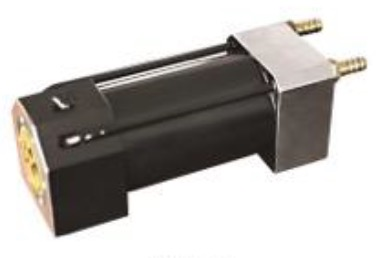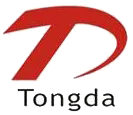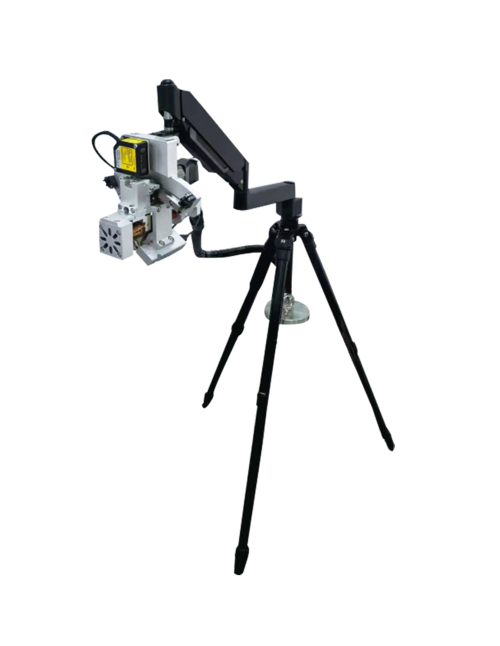
TD-RSD X-ray Residual Stress Analyzer
Chinese version residual stress measurement and analysis software supports both linear and elliptical fitting methods. It employs complete stress equations without assuming zero shear stress, along with the elliptical fitting method, allowing simultaneous measurement of normal stress and shear stress values. Each measurement uses more than 9 ψ angles. Peak profile fitting includes Gaussian, Lorentzian, Pearson VII, parabolic, etc. Measurement results can simultaneously display normal stress values, shear stress values, as well as information such as peak intensity, integral width, and full width at half maximum (FWHM).
- Tongda
- Liaoning,China
- 1—2 months
- 100 units per year
- Information
Features & Performance
›› 2kW high-voltage generator power
Enables fast and accurate measurement of materials with weak diffraction peaks, such as nickel-based alloys and titanium alloys.
›› External circulating water cooling
Allows for prolonged continuous operation, suitable for tasks like automatic stress contour mapping.
›› Collimator diameter starting from 0.1mm
Capable of performing micro-area measurements.
›› High-speed measurement
2-4 minutes per measurement point (for steel).
›› Machine tool-grade guide rails
›› Applicable for residual stress measurement in metal components and retained austenite analysis
›› Product complies with residual stress analysis standards ASTM E915-21, EN 15305-2008, and GB/T 7704-2017.
›› Fully enclosed lead glass protective cover with safety interlock; dimensions can be customized. Complies with GB/T 18871-2002 fundamental requirements for ionizing radiation protection and radiation safety.
User-Friendly Software
Chinese version residual stress measurement and analysis software supports both linear and elliptical fitting methods. It employs complete stress equations without assuming zero shear stress, along with the elliptical fitting method, allowing simultaneous measurement of normal stress and shear stress values. Each measurement uses more than 9 ψ angles. Peak profile fitting includes Gaussian, Lorentzian, Pearson VII, parabolic, etc. Measurement results can simultaneously display normal stress values, shear stress values, as well as information such as peak intensity, integral width, and full width at half maximum (FWHM).
Goniometer and Accessories:
Fully automated computer-controlled system, compatible with both inclined and side-inclined methods, with simultaneous rocking capability.
2θ angle measurement range: 105°–170°; ψ angle range: -57° to +57°; ψ rocking angle range: 0 to ±8° (configurable).
Stress measurement accuracy and repeatability (using stress-free iron powder): Standard deviation of stress values from 5 consecutive measurements is less than ±5 MPa.
Z-axis travel range ≥500 mm, suitable for laboratory measurements of large workpieces.
Laser displacement sensor indicates the measurement position on the workpiece and determines the diffraction plane height, enabling rapid positioning.
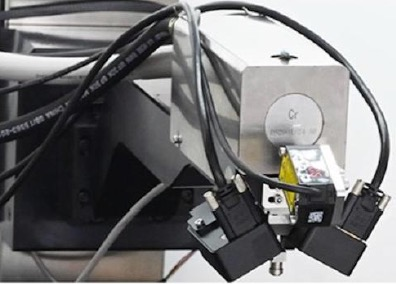
Triaxial Sample Stage:
Automatically performs stress mapping, measures principal stresses and their directions, and achieves austenite content measurement with a single exposure.
Sample stage rotation range: 0 to ±180°.
Equipped with manual/automatic X/Y-axis mapping platforms (300 mm × 200 mm).
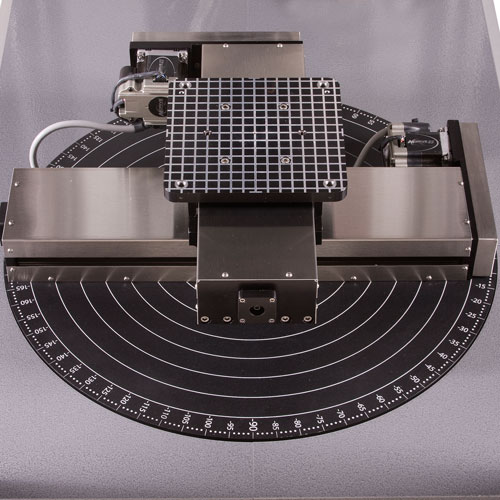
Detector:
High-speed area-array photon-counting detector utilizing silicon strip technology for direct X-ray detection. Features a 640-channel silicon strip line array with an overall counting rate > 1×10⁹ cps, eliminating counting saturation. Symmetrically installed, compact in size, high-speed, and highly sensitive.
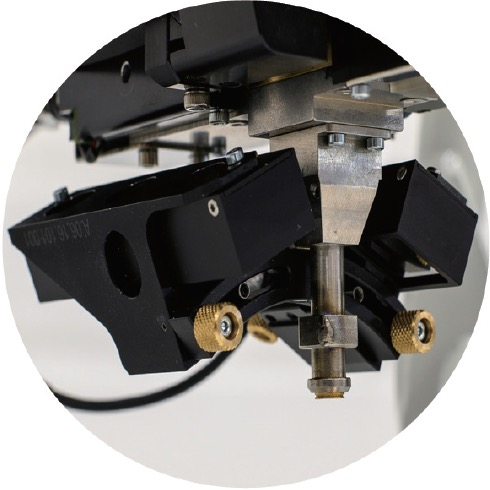
X-ray Tube:
Fine-focus ceramic X-ray tube with a built-in sealed self-circulating cooling system, capable of supporting continuous 24/7 X-ray operation. Equipped with automatic over-temperature protection. Multiple target materials available, including Cr, Cu, Mn, Co, V, Ti, Fe, and Mo.
